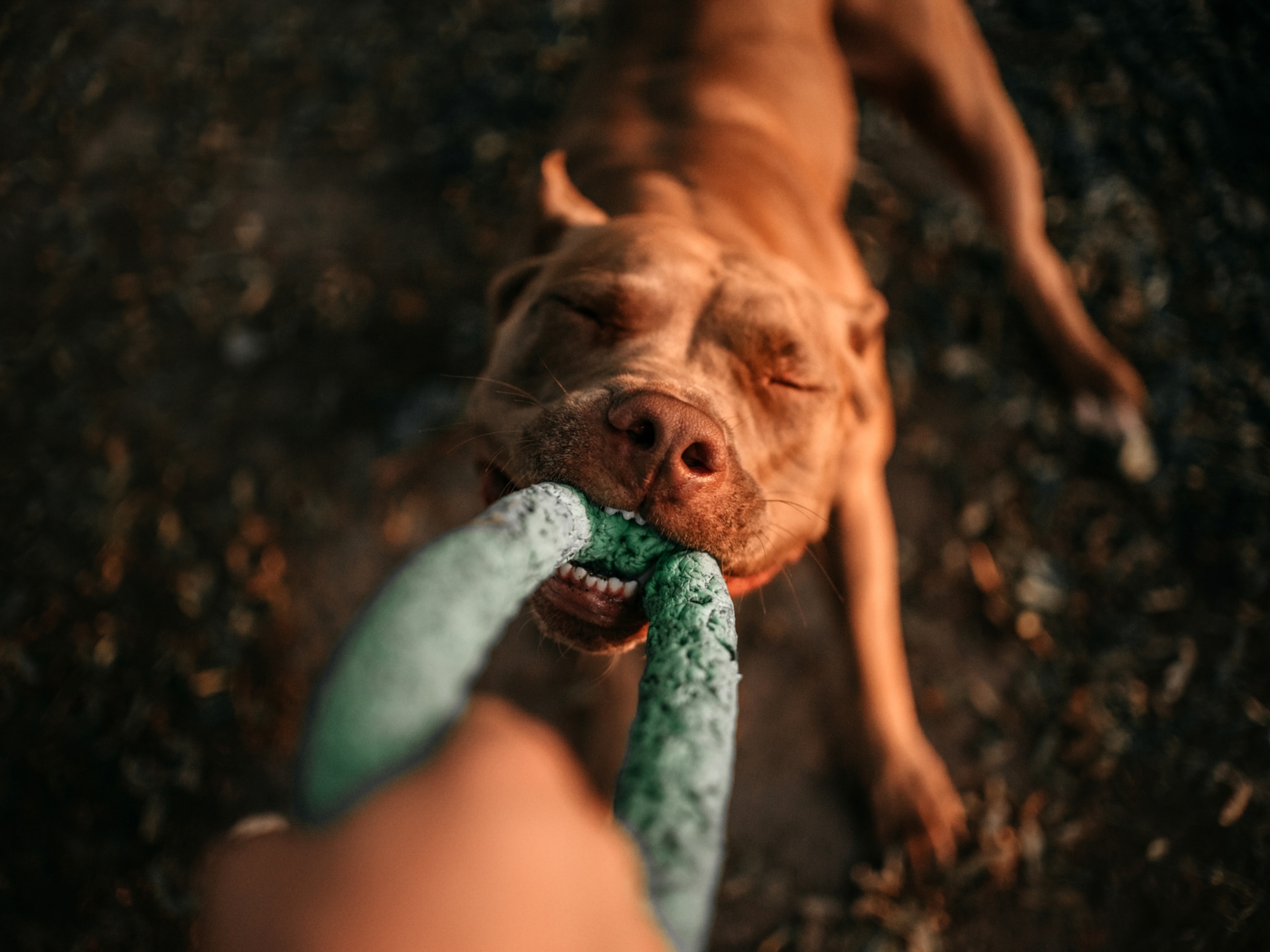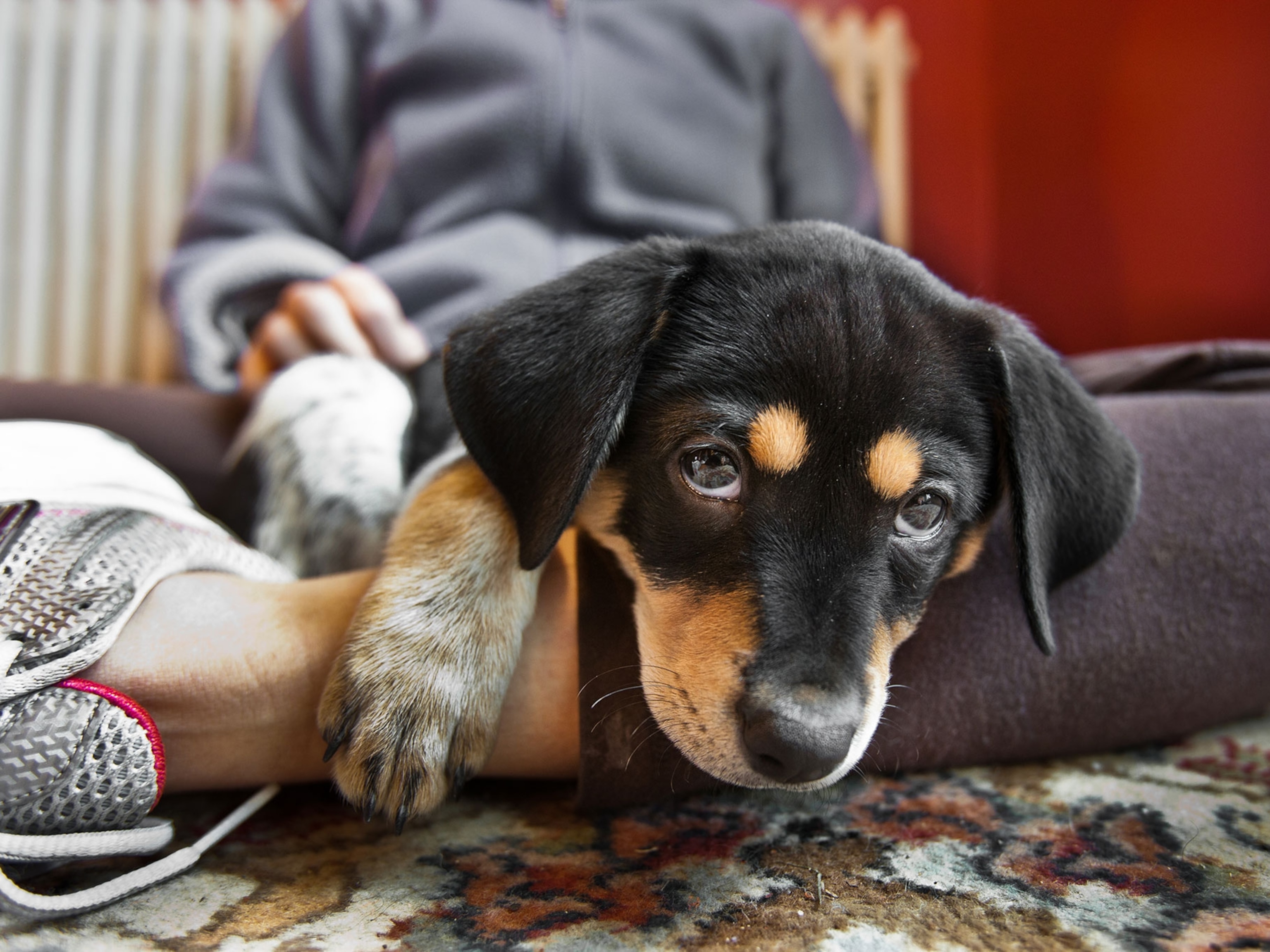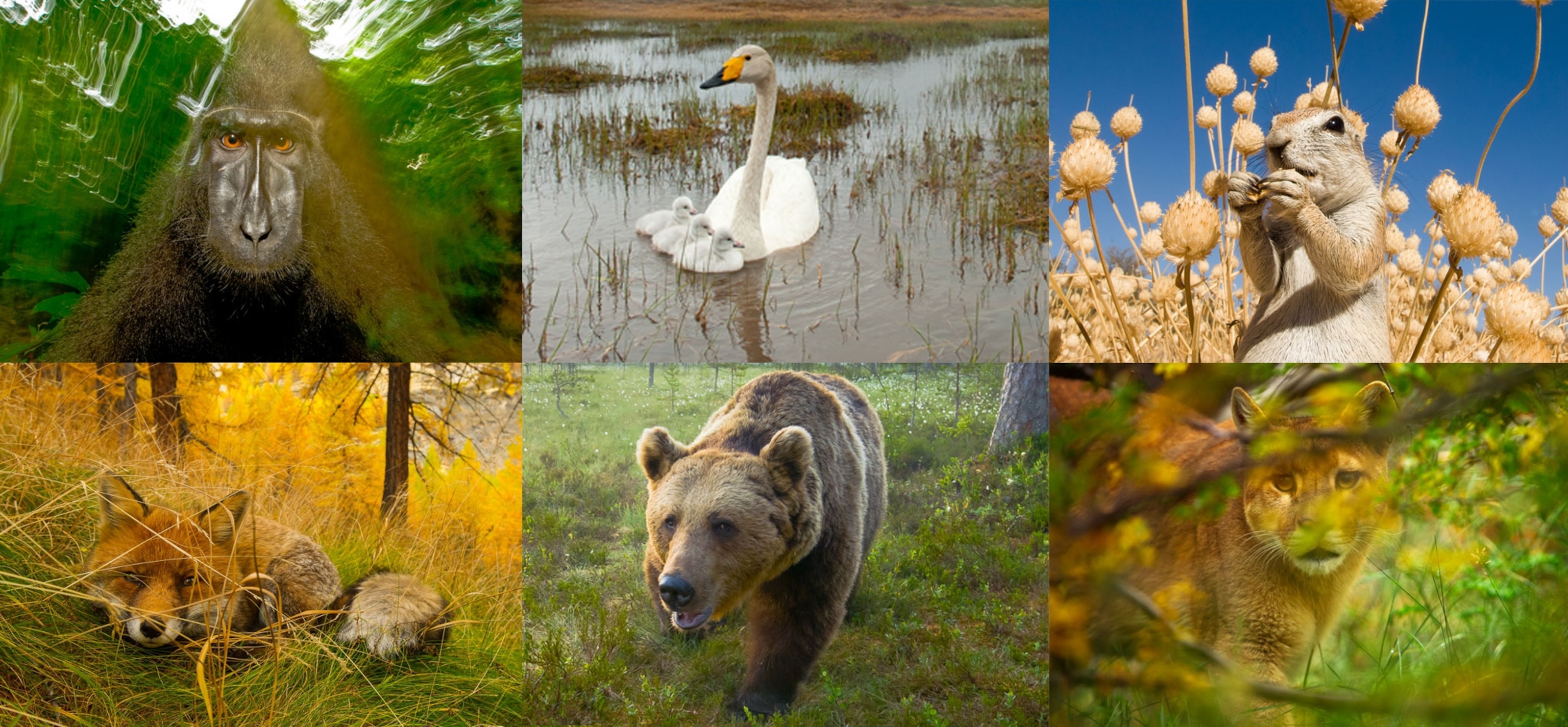
Picturing a World Where Animals Are Seen as Individuals
This post was originally published in February 2016. We’re resurfacing it as part of our #ThrowbackThursday effort to give some love to our favorite posts.—The Proof Team
Stefano Unterthiner wants us to view all species the way we view our pets—as individuals.
A former zoologist, the National Geographic photographer spends weeks, months, and even years observing wildlife in its natural habitat. Logging those hours helps him better understand a creature’s habits and personality, leading to images that are unique and intimate.
But while his relationship with animals does lead to better photos, the images aren’t Unterthiner’s end goal. He wants not only to make great shots but also to get us to rethink our relationship with our fellow creatures.
“Wildlife is not just a species, but a group of individuals with their own personalities and their own specific behavior in the group,” he says. “Some are more shy, more strong, more sad, more happy. If you start understanding this, then you should completely reconsider the relationship we have with other species overall. And not only with wildlife but also with the billions of individuals we use as livestock. When we start thinking about other individuals rather than other species, it becomes more difficult not to pay attention.”
This is personal for Unterthiner. He’s a passionate vegetarian and very vocal about our status as cohabitants of the planet, encouraging responsible stewardship of our resources and care for our animal family.
Below, Unterthiner shares some of his fondest memories photographing wildlife and the intimate images that came from those experiences.
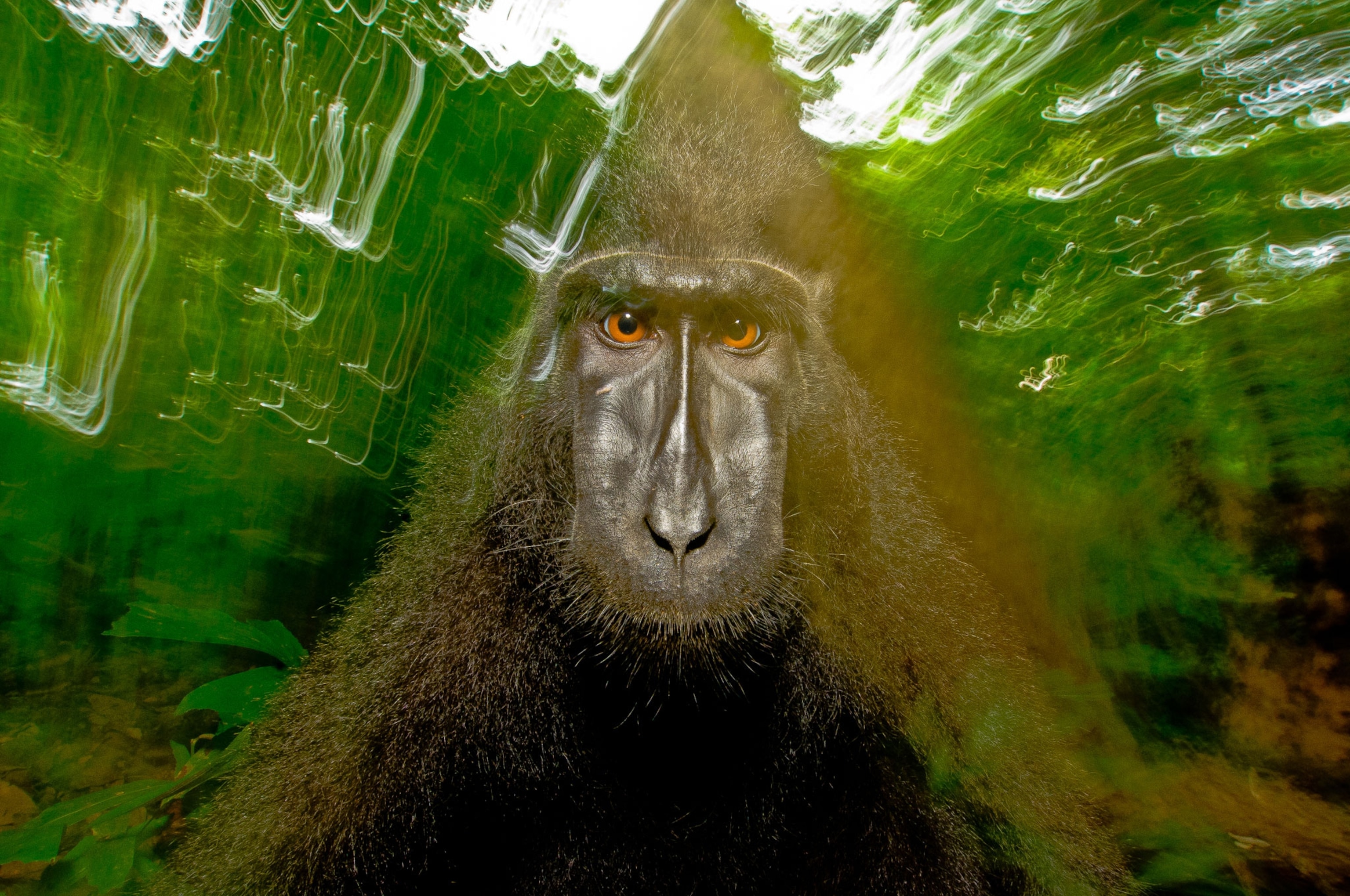
The researcher gave this macaque the nickname “Troublemaker.” He wasn’t particularly aggressive, but he liked to play around. He’d jump on you, look inside your backpack. He was always making a little trouble for fun, to test you. He was a subadult—full of energy, so strong and powerful. I remember this animal very well. The researcher told me that Troublemaker had been ready to become the alpha male, but something happened, and he left the group. Maybe the alpha male pushed him away. Maybe he joined another group that was more shy, deeper in the forest. Last year, when I came back to work with the macaques after an absence, I was so happy at the thought of seeing him again, but no one knew exactly where he’d gone.
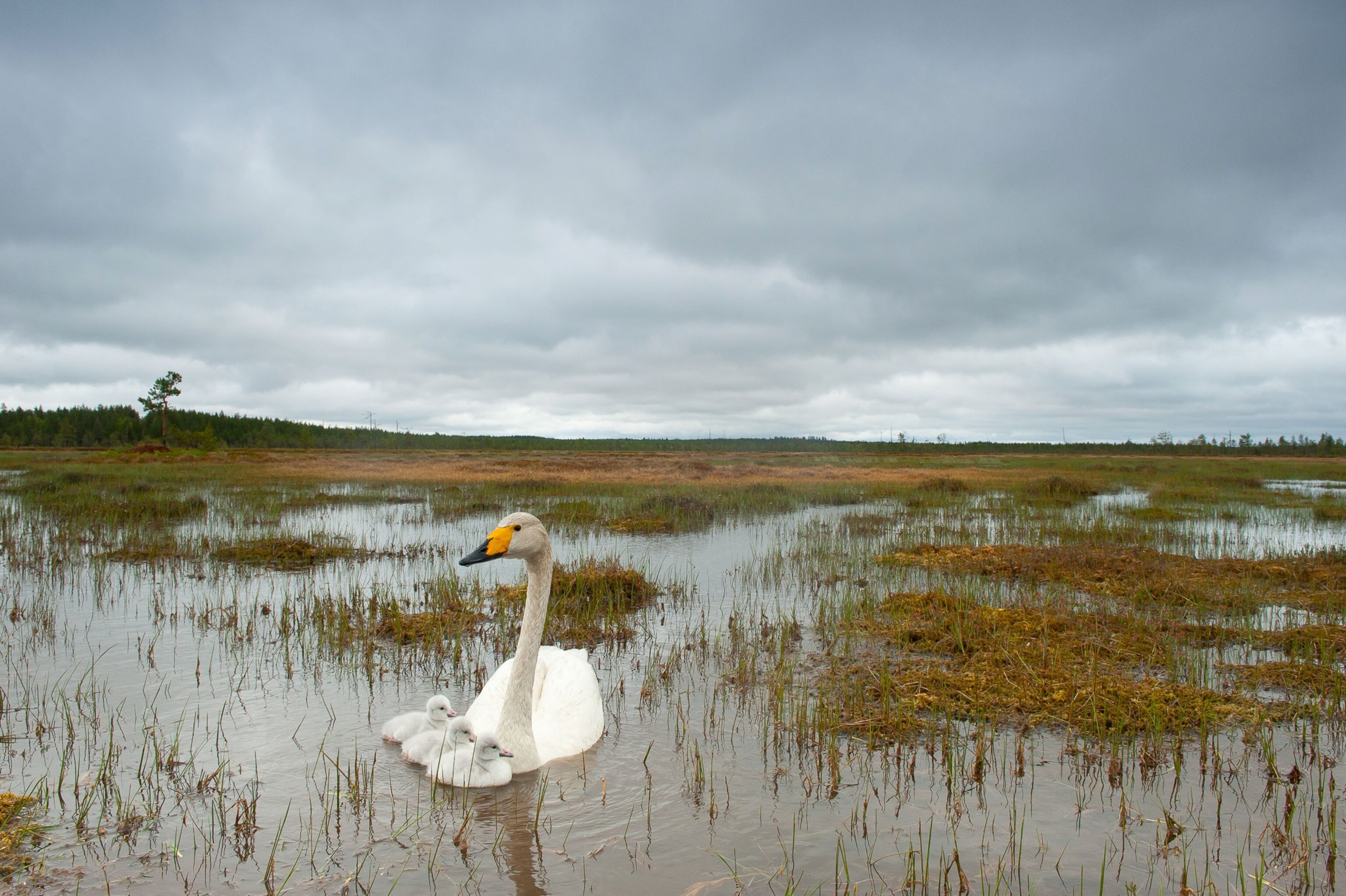
I built a strong relationship with this swan couple, because I followed these birds for seven weeks. I prefer not to use a blind if possible, but sometimes it’s the only option, as with swans during the delicate nesting period. I spent almost a month getting my blind to this position—I put it far away at first, slowly getting a little closer to the nest, and after a while the swans completely accepted my blind, and I watched them until the chicks arrived. If you come back a year or two later, you’ll find that the nest is still there, and probably the same birds are nesting again. Swans stay together for life, often at the same nest.

I spent several weeks in the Kalahari Desert in Namibia and spent time every day watching the Cape ground squirrels. I like doing safaris, but I prefer watching these highly social little mammals. They have a unique social behavior, which makes them interesting to observe. After a while, I started understanding the relations among the groups. This becomes very useful when you’re photographing because then you can see—and are therefore ready to photograph—their interactions. You start understanding, This is a female, This is a sub-adult, This is an adult male visiting the group of females.
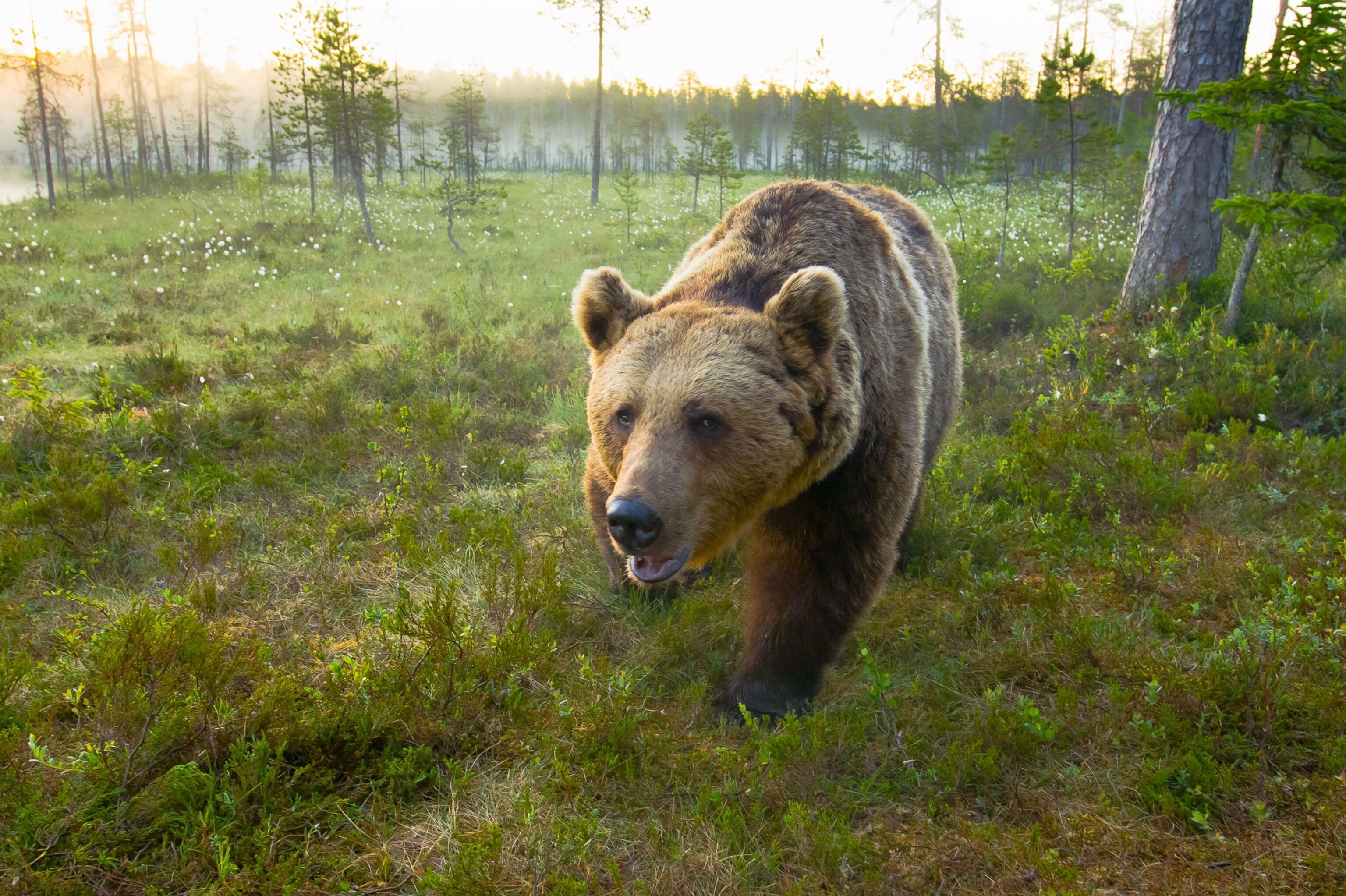
I spent 80 nights in a little blind in the middle of the Finnish taiga. I enjoyed watching the bears in this beautiful environment, and I started recognizing all the bears moving around the area. One of the main ones was around my blind almost every night—this big male. He was special, a little bit old. I maybe spotted him 30 times, and many times I heard him when he was walking, making a lot of noise, grunting. I would sometimes hear him coming before I spotted him. These bears are curious, and he was very nice and not shy at all.
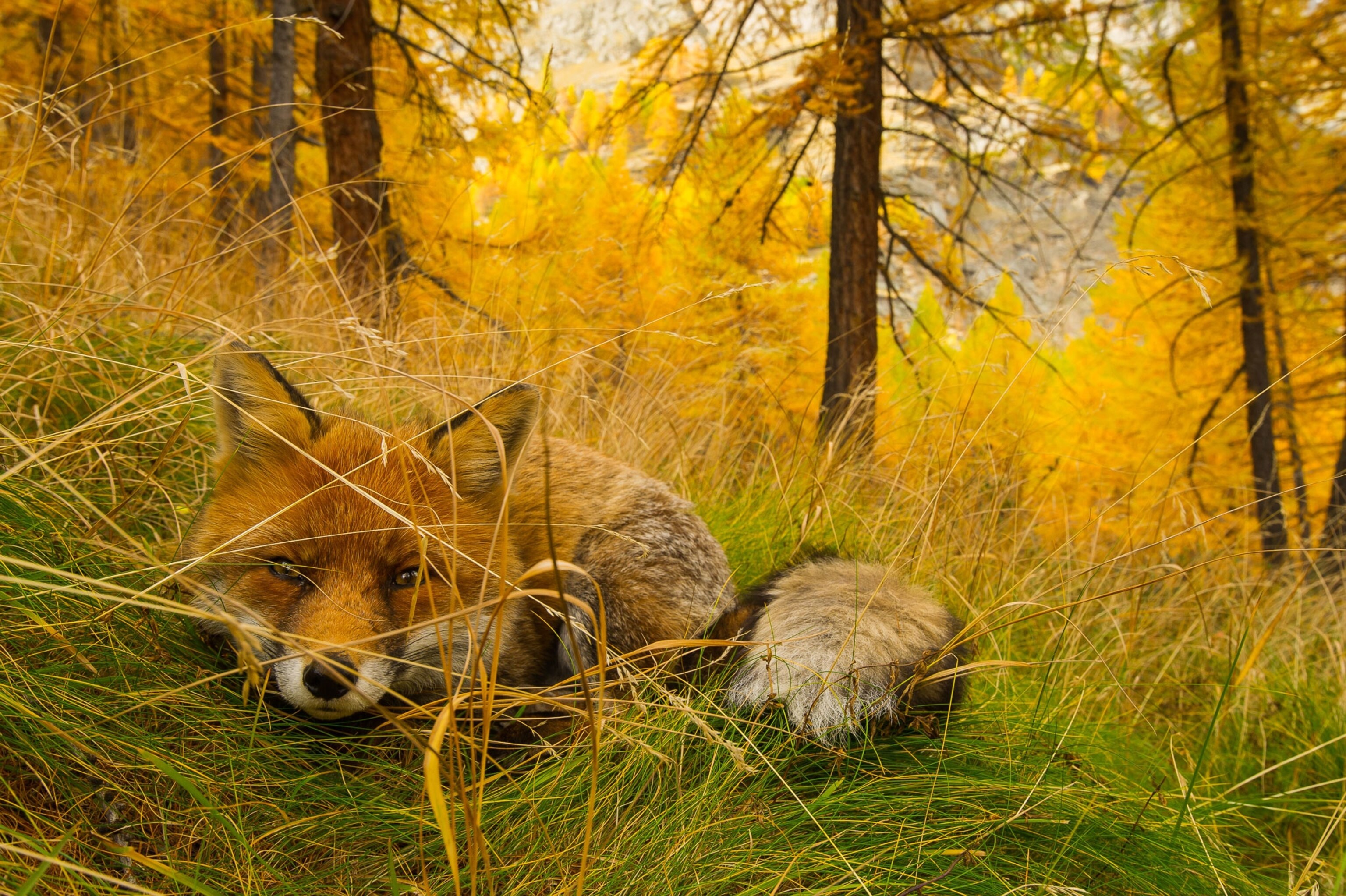
This is a female I photographed for three or four years. She lived in Gran Paradiso National Park, which is protected. Because there’s no hunting, it’s a very special place for animals, and some have completely lost their fear of humans.
This one was always looking for food from tourists, but we knew each other, and she knew that I wouldn’t be the guy giving her food. I had come to understand that, to take good fox pictures, you must avoid giving them food; otherwise, they won’t behave normally. Foxes rest, hunt, mark their territory, and interact with other foxes—all much more interesting behaviors than a fox that’s looking at me because I’m eating a sandwich. Whenever they don’t care about me, whenever I become sort of invisible, I have a better chance of getting the picture.
This specific fox was particularly friendly and curious. I learned a lot about her habits, and she probably learned something about my daily routine. For several months I was the only one living on the mountain. She knew when I went out. I knew where she went to sleep for a nap in the afternoon. Whenever you start living in the same territory as a wild animal you pay attention to their behavior and you learn a lot.
She was pretty old for a wild fox—she died a few years ago.
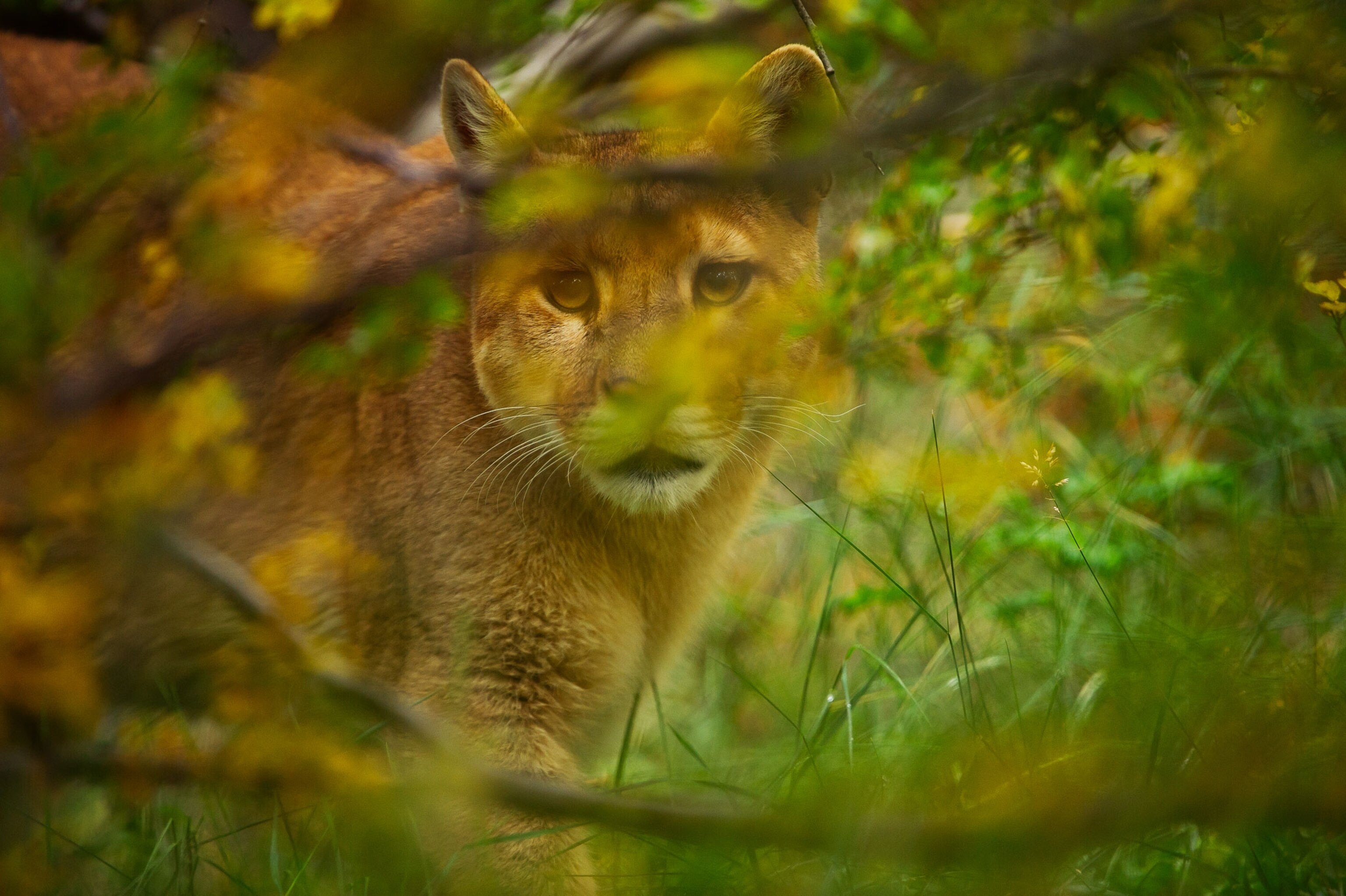
Mountain lions have a routine. They have an area where they spend the day and another area where they hunt during the night, and they move from one to the other quite regularly.
This one was a kind of a ghost. I knew exactly where he was hunting and sleeping—how he used his territories—because of the tracks, because of the prey. But actually spotting him and getting a photograph was really challenging.
I spotted him a couple of times from afar, until I was very lucky one day and managed to get close to him and catch a picture. I spent several hours near this animal. It was so intense and unique to be alone in the wild with a mountain lion.
Stefano Unterthiner, who has also gotten pretty close to a Komodo dragon and isn’t a fan of sunsets, just finished shooting his sixth story for National Geographic magazine.
See more of Unterthiner’s work on his website and follow him on Instagram.





